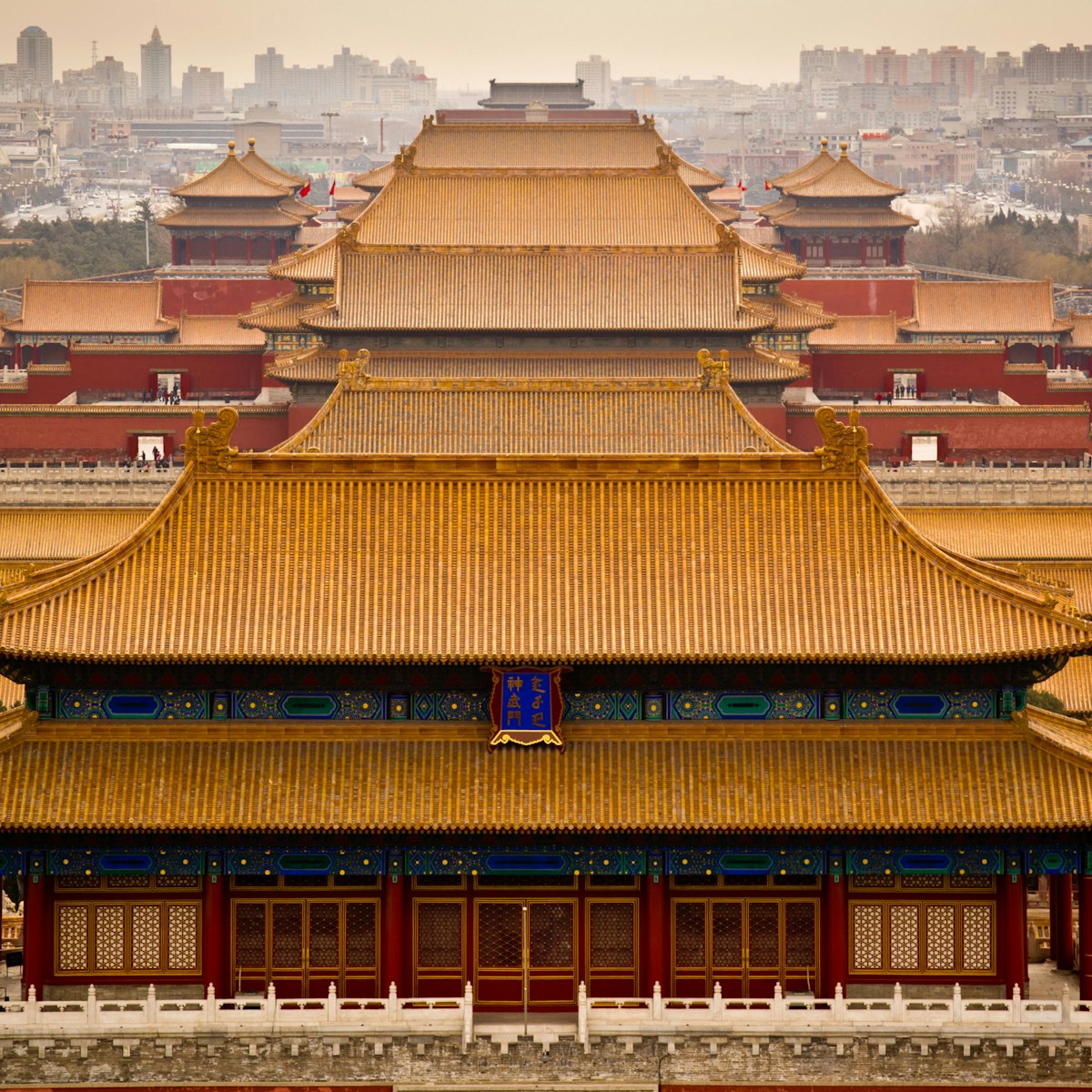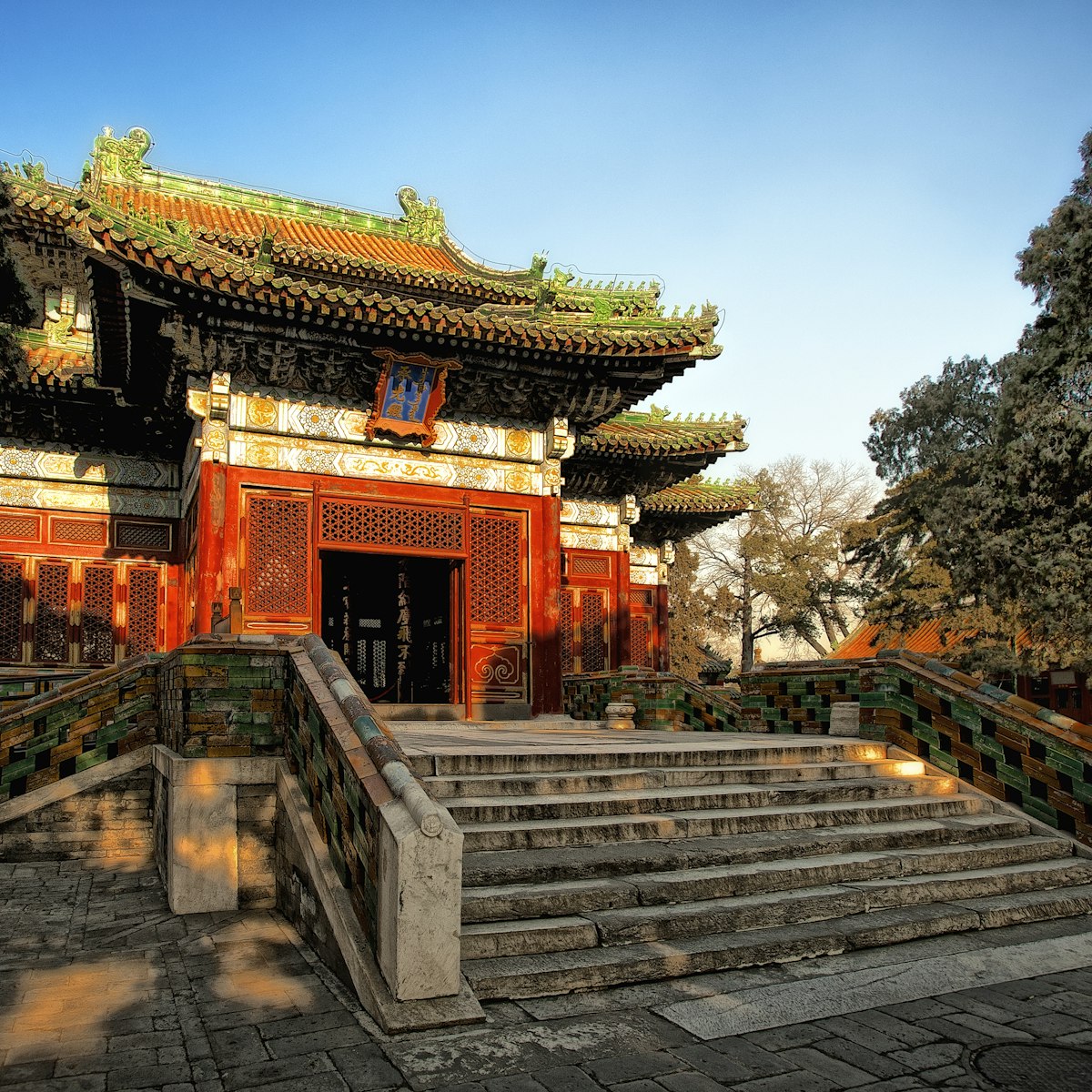Dating from around the 10th century when Chinese first began converting to Islam, Beijing's oldest mosque appears more like a Chinese temple with Islamic characteristics. Domes and minarets are conspicuously absent, but it does have a fine prayer hall serving the local community of Hui Chinese Muslims, who also run the many halal butchers in the vicinity of Ox St (Niu Jie).
Although the Hui are officially listed as an ethnic group (Beijing's largest), they are culturally very close to the Han Chinese, unlike Uyghurs who speak a Turkic language and are racially distinct. Hui origins in China can be traced back to Persian missionaries, and later to Islamic soldiers from Central Asia fighting for the Mongol Yuan dynasty, which conquered China in 1279.
Towards the front of the complex, the two-storey, hexagonal 'Pavilion for Observing the Moon' (望月楼; Wàngyuèlóu), is said to be where Islamic astronomers calculated the lunar calendar. Note also the Spirit Wall on Nui Jie guarding the entrance, a feature of all Chinese temples regardless of denomination.
The mosque is lively with worshippers on Fridays, although during prayer times non-Muslims are forbidden to enter. Do dress appropriately (no shorts or short skirts).








